3-D Human Modeling and Animation, Second Edition Ссылки
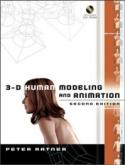

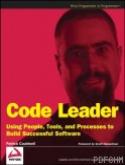
What you will learn from this book
This book is for experienced software developers who are looking to improve their development skill set and bring a higher level of discipline to a project.
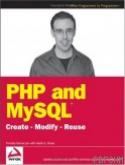
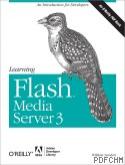
If you're interested in recording and streaming media using Flash Media Server 3 (FMS3) and Adobe's Real-Time Messaging Protocol, this unique 267-page PDF-only book is the perfect primer. It is not a reference, but a systematic guide to developing FMS3 applications using ActionScript 3.0, with chapters that focus on specific aspects of the server and how they work. FMS3 is very different from regular web servers. Because its open-socket server technology stays connected until users quit the application, you can stream audio, video, text, and other media in real time. FMS3 is also quite different from previous versions, a fact that web developers familiar with Flash Media Server 2 or Flash Communication Server 1.5 will quickly discover. Don't worry. With Learning Flash Media Server 3 and a little experience with Flash CS3 and ActionScript 3.0, anyone can get up to speed in no time. You'll learn how to install FMS3, organize your development environment with Apache web server, and use the management console before diving into the whys and hows of:
At the heart of every chapter is a core set of code that shows the minimum requirements needed for different procedures. Beyond that, Learning Flash Media Server 3 provides you with plenty of options for using FMS3's different versions -- the full-feature server, the streaming-only server, and the limited-user development server. It's a whole new world of media, and this book puts you right at the doorstep. Ready to enter?
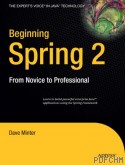
The book teaches the correct usage of Spring in applications, and lowers the learning curve on J2EE standards. It covers useful features of Spring without delving too far into complicated features. The authors take advantage of less complex alternatives whenever possible, and shows how Spring can make you more productive in complicated environments where J2EE technologies need to be applied. The book covers the complete Spring web tools portfolio and deals with persistence and transaction management. It also introduces 3-tier application design and how to test these designs.
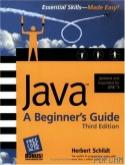
Essential Skills--Made Easy! Updated and Expanded for J2SE 5
Learn to program in Java from master programmer and best-selling author Herb Schildt. Completely revised and updated to cover Java 2 Platform, Standard Edition 5 (J2SEj 5), this step-by-step guide will have you programming in practically no time. You’ll start at the beginning, learning why Java is the preeminent language of the Internet, how it relates to object-oriented programming (OOP), and the general form of a Java program. Next, it’s on to Java fundamentals, including data types, operators, program control statements, classes, objects, and methods. You’ll then progress to more advanced topics, such as inheritance, exception handling, the I/O system, multithreading, and applets. Of course Herb covers the powerful, new features added by J2SE 5, such as generics, autoboxing, enumerations, and static import. Get started programming in Java today with this easy-to-follow tutorial.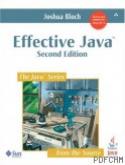
This highly anticipated new edition of the
classic, Jolt Award-winning work has been thoroughly updated to cover
Java SE 5 and Java SE 6 features introduced since the first edition.
Bloch explores new design patterns and language idioms, showing you how
to make the most of features ranging from generics to enums,
annotations to autoboxing.
Each chapter in the book consists of several
“items” presented in the form of a short, standalone essay that
provides specific advice, insight into Java platform subtleties, and
outstanding code examples. The comprehensive descriptions and
explanations for each item illuminate what to do, what not to do, and
why.
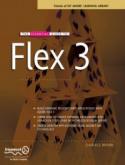
This book will show you how to create powerful Rich Internet Applications using Flex 3. After learning how to install and becoming familiar with the basics of the Flex Builder 3 software, you will explore in depth how the Flash scripting language, ActionScript 3.0, interacts with Flex's powerful XML-like design language: MXML.
You'll learn how to construct your applications using layout and navigation containers, and how to move between various states using transitions. There is coverage of how best to plan your applications and use the Model-View-Controller pattern to keep various aspects of development separated and ease creation of potentially complicated projects.
Rich Internet Applications rely on data, and this book shows how to bring data from various sources into your Flex application and check its integrity, and how best to display and interact with it.
Going farther, applications built for the Flash platform can now exist and function beyond the traditional confines of the web browser. Adobe AIR allows you to take your applications to the desktop, and this book shows how to reapply your Flex skills to take advantage of this new environment.
The Essential Guide to Flex 3 takes you through all the powerful features of Flex using a series of stand-alone, practical exercises. The skills acquired throughout the book are then brought together in the form of a full-featured case study application showcasing essential techniques that can easily be applied to your own Flex applications.
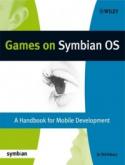
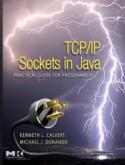
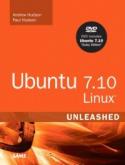
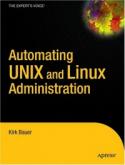
The techniques, methods, and tools in this book will help you manage a single system—but will prove especially powerful across multiple systems. No matter if the systems are desktops, servers, or Beowulf clusters—all of them will benefit from this automation. And managing five to five thousand systems will become a simpler task!